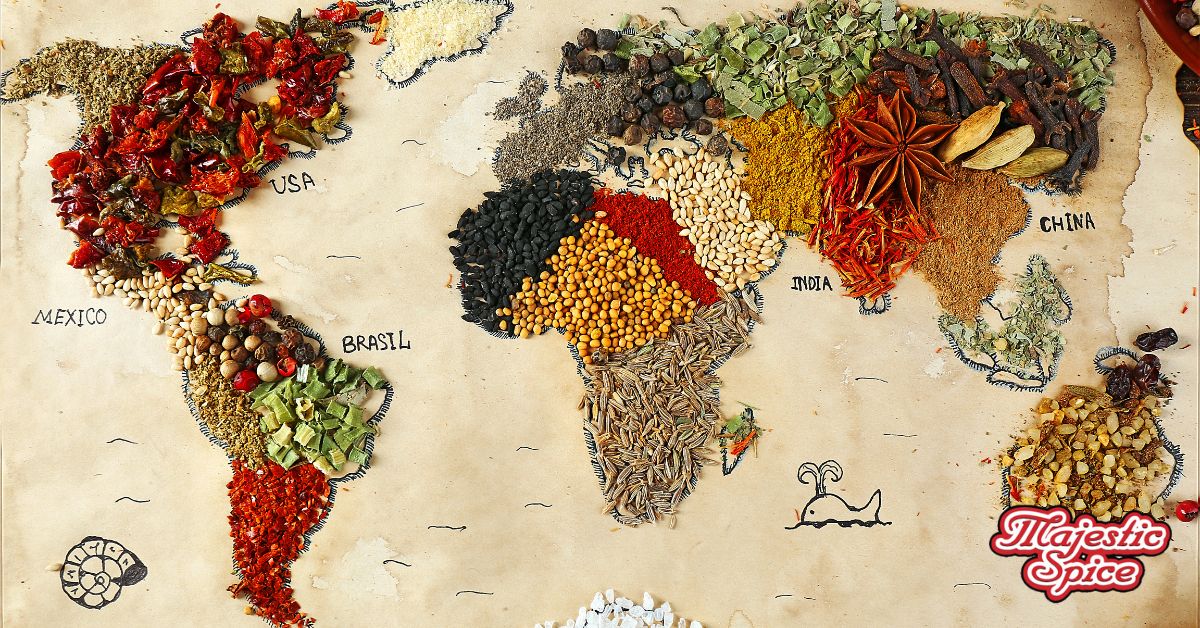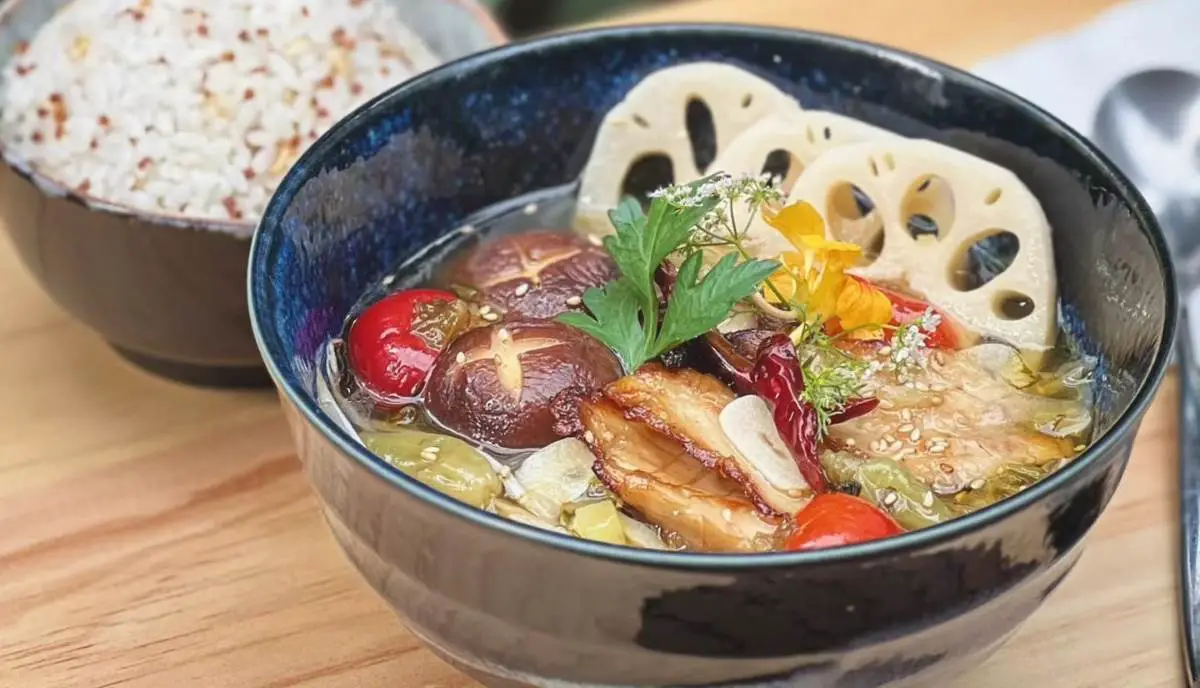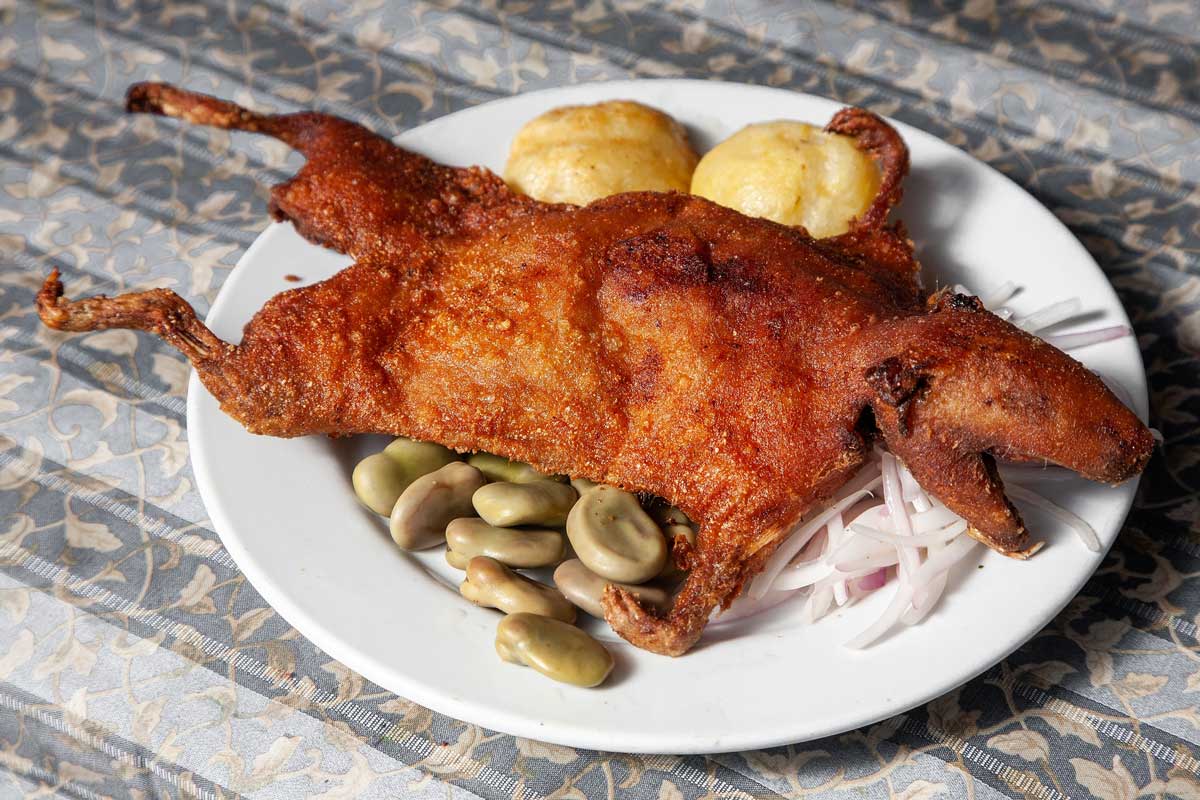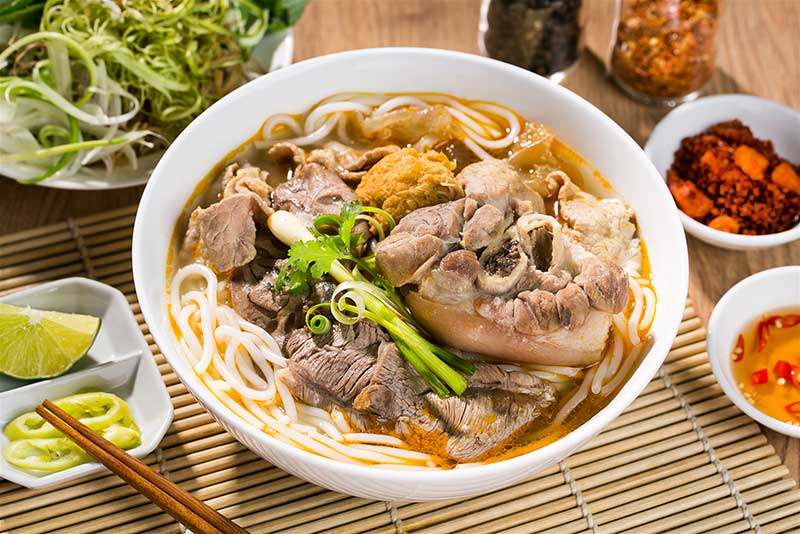Long before air travel or global shipping, the ancient spice routes connected East and West—moving cloves, cinnamon, saffron, and pepper across continents. Today, culinary travelers retrace these historic paths not just to taste the world’s most treasured flavors, but to understand the cultural exchanges that shaped them. From the souks of Morocco to the spice farms of Kerala, these journeys offer more than food—they tell the story of global civilization through scent, flavor, and trade.
Experts in culinary history and ethnogastronomy—reflecting Google’s E-E-A-T standards (Experience, Expertise, Authoritativeness, Trustworthiness)—emphasize that these spices transformed more than palates; they influenced politics, economics, and migration. Guided culinary tours led by regional chefs and historians immerse travelers in traditional cooking methods, food markets, and heritage recipes passed down for generations. Authentic storytelling and first-hand experience enrich the sensory experience with cultural context.
Culinary travel along the spice routes is more than a gourmet adventure—it’s an edible time machine. By following these historic trails, travelers connect with ancient empires, local communities, and the timeless human desire to discover the world through food. It’s a journey where every meal is a window into history.





